Embed presentation
Downloaded 75 times
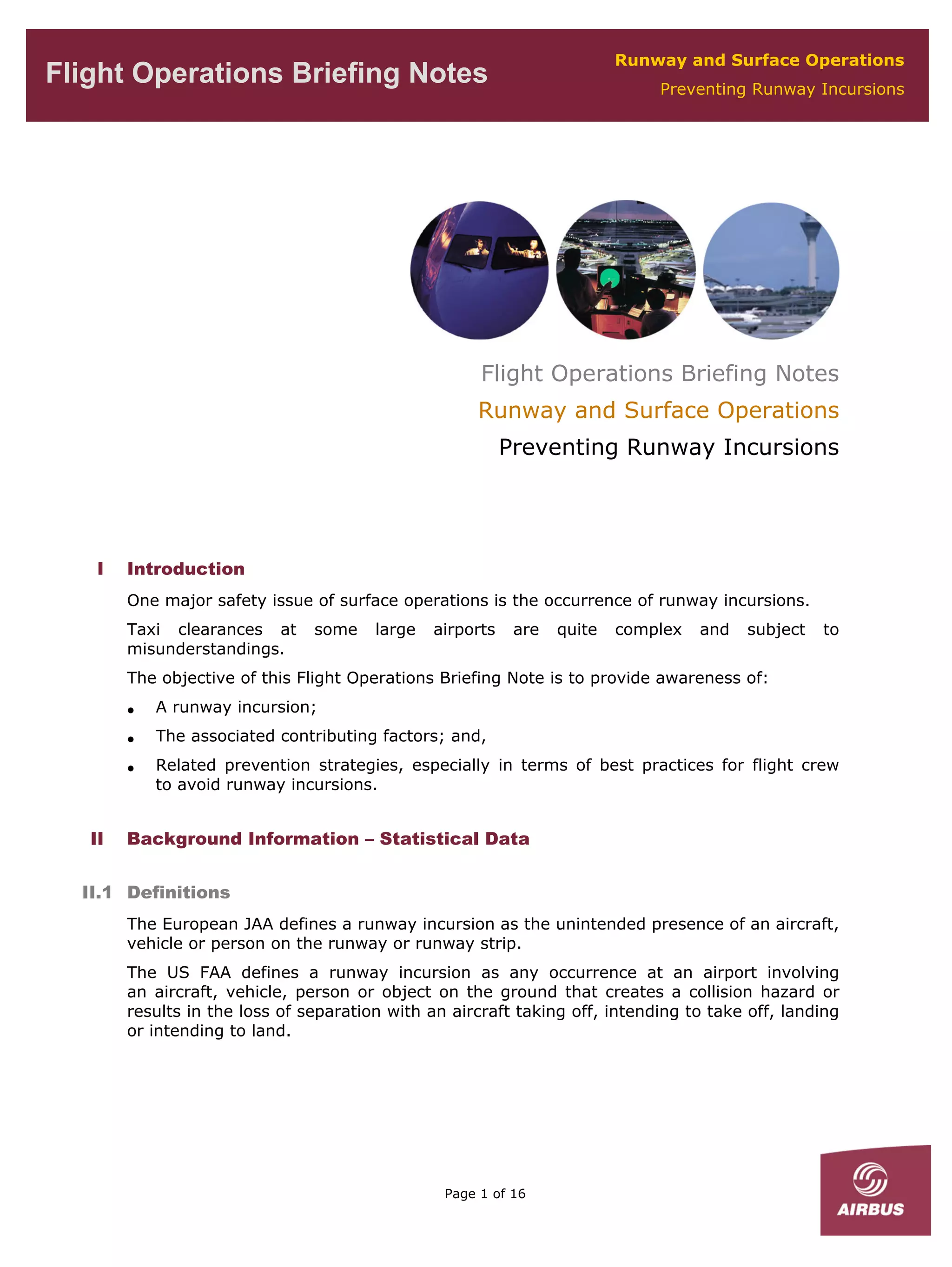
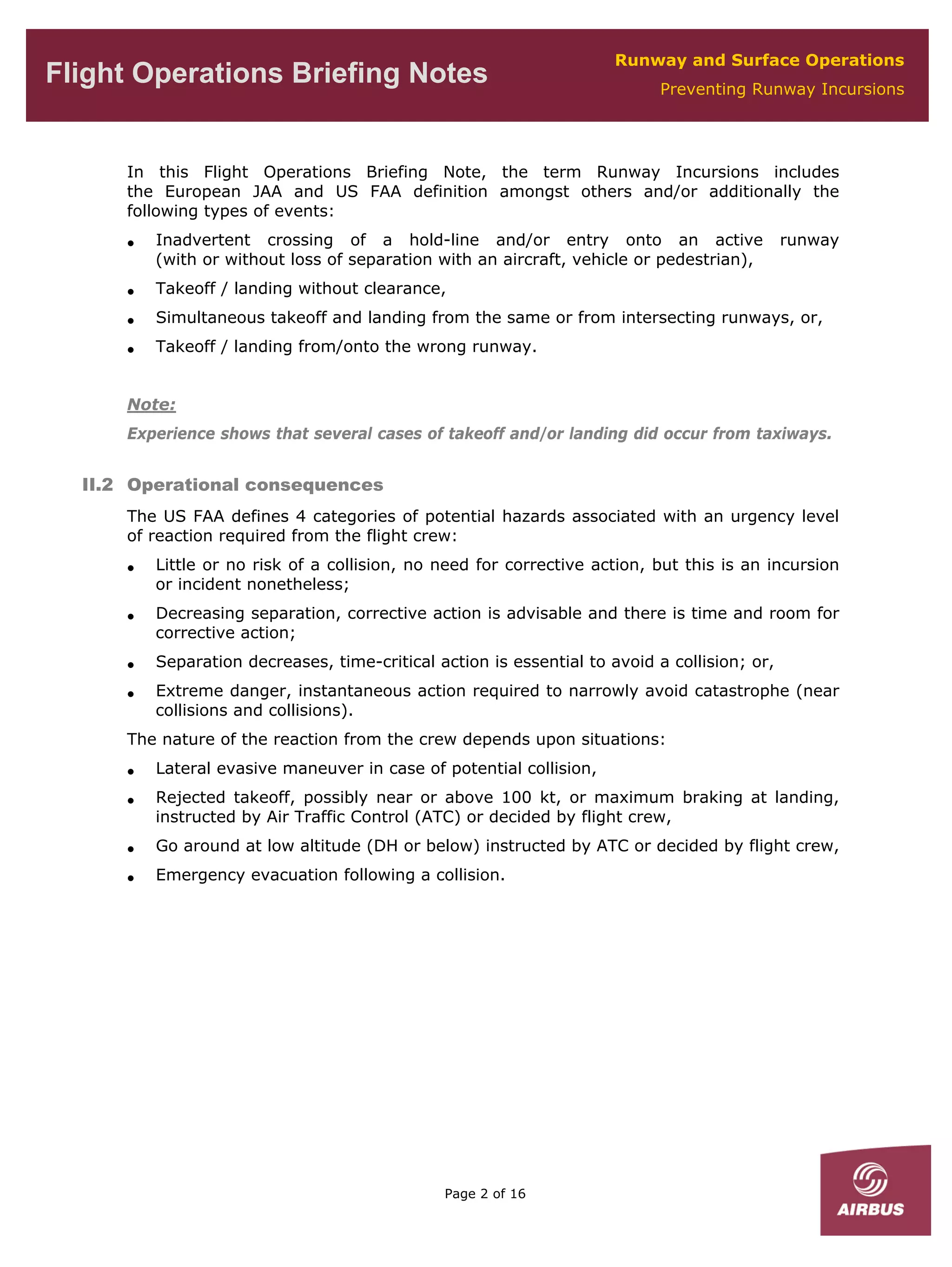
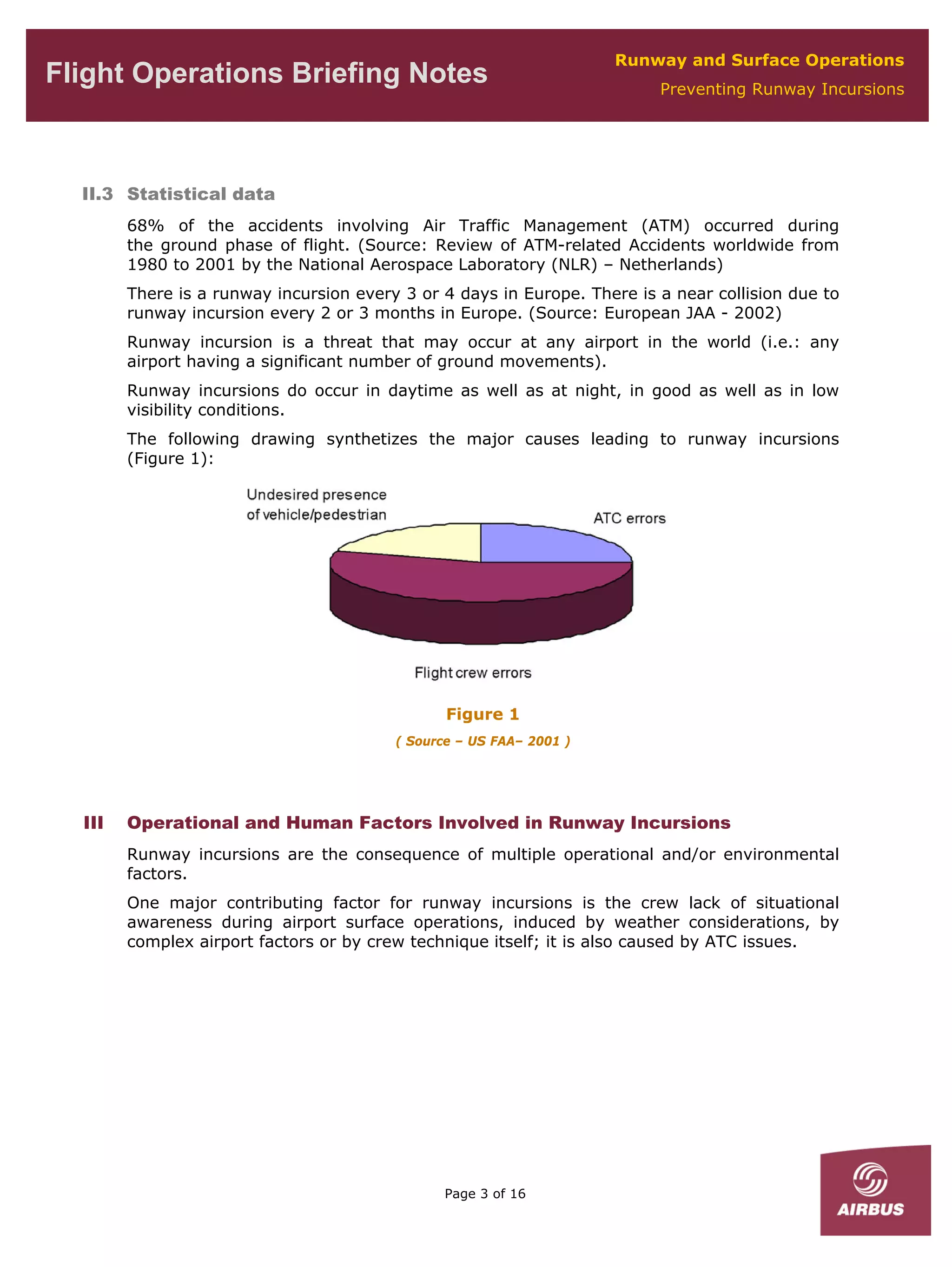
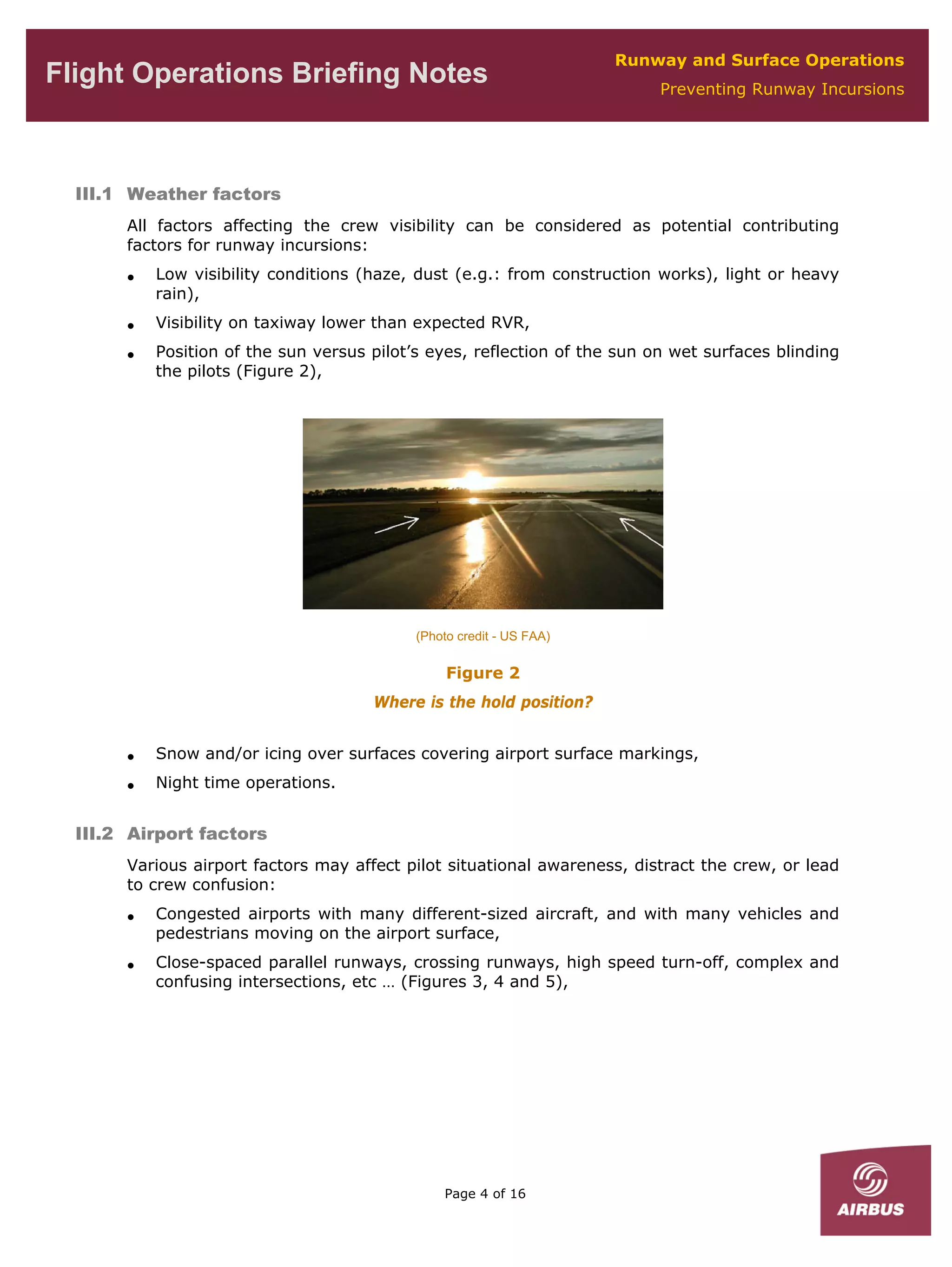
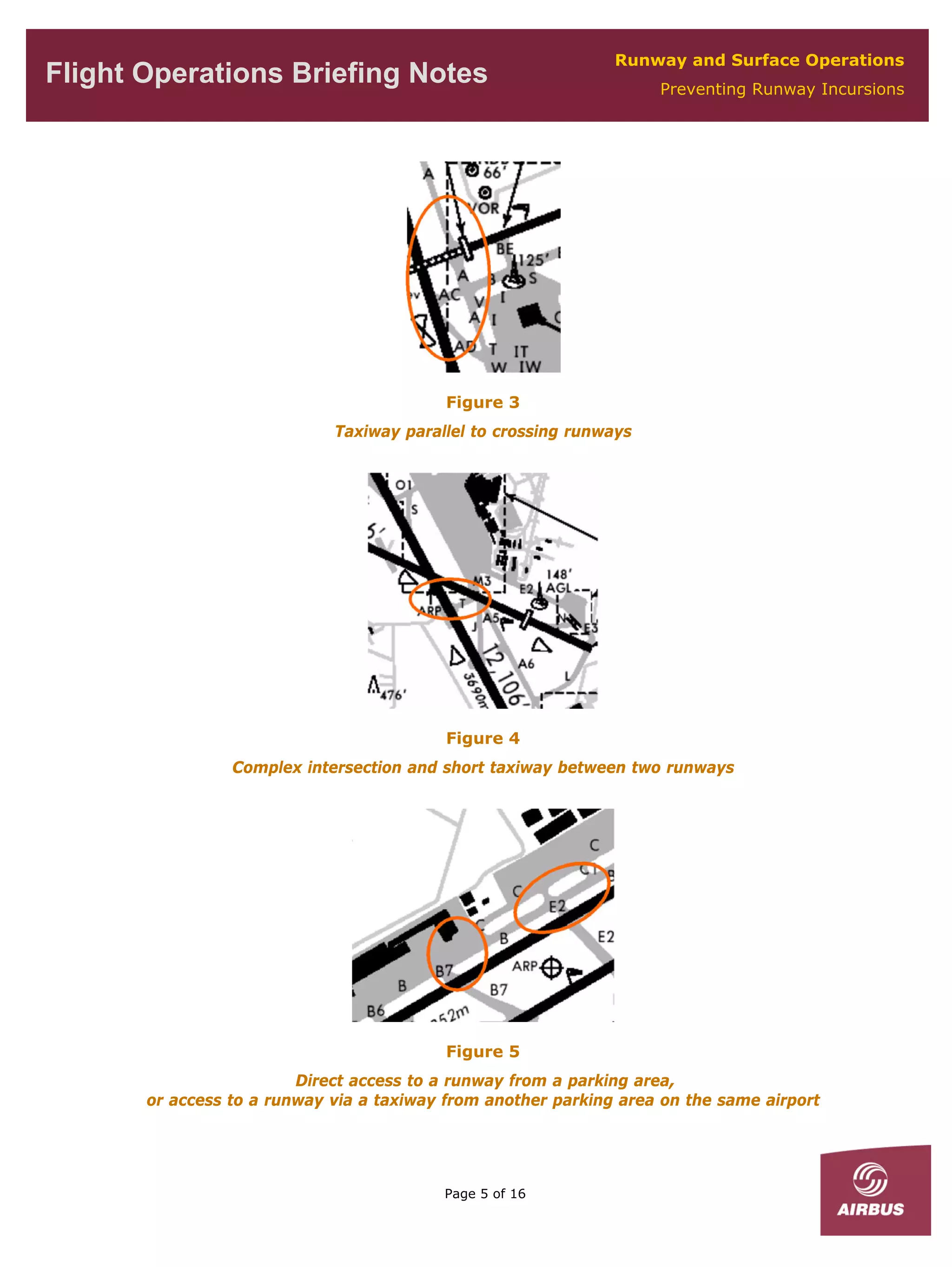
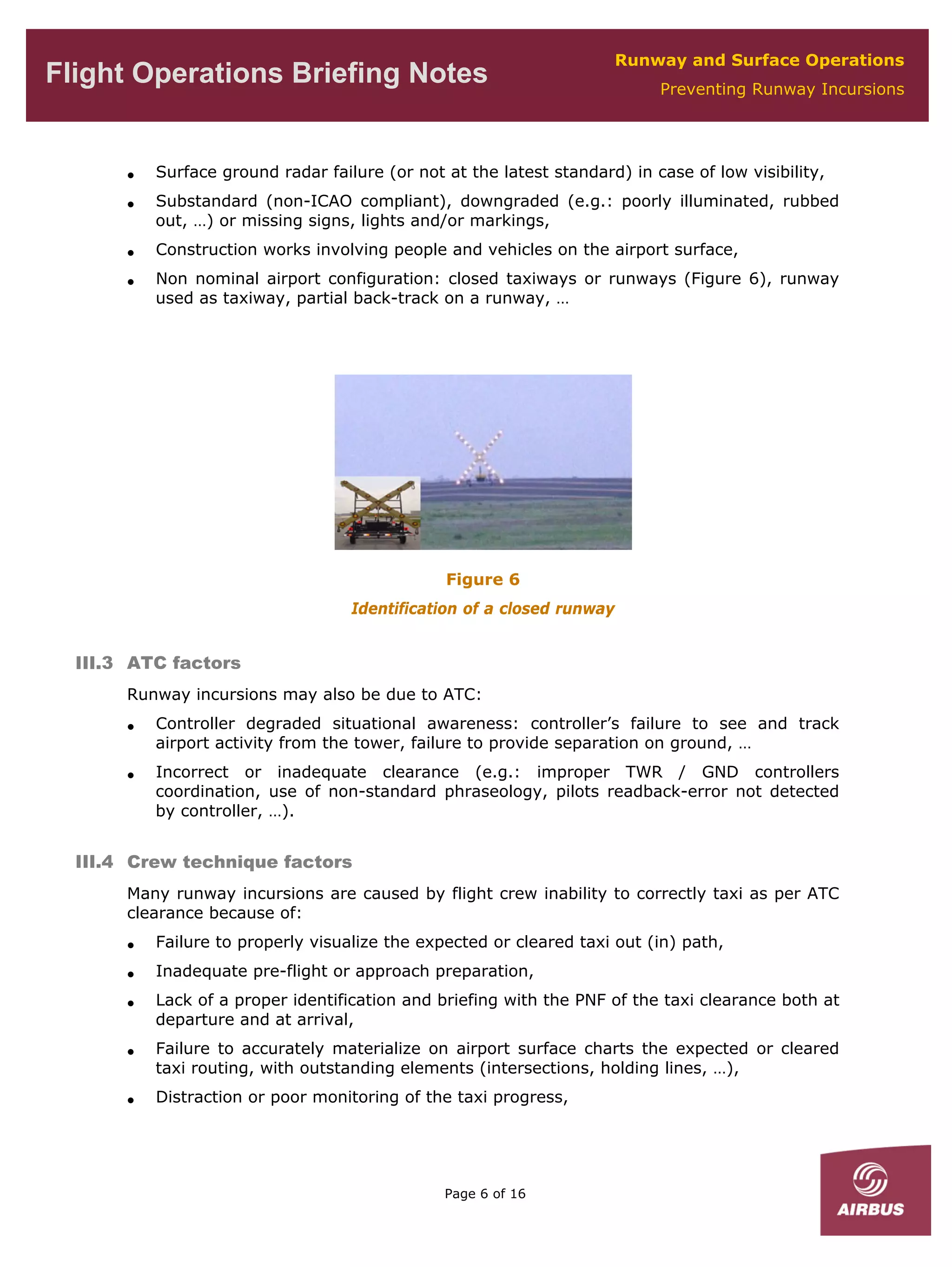
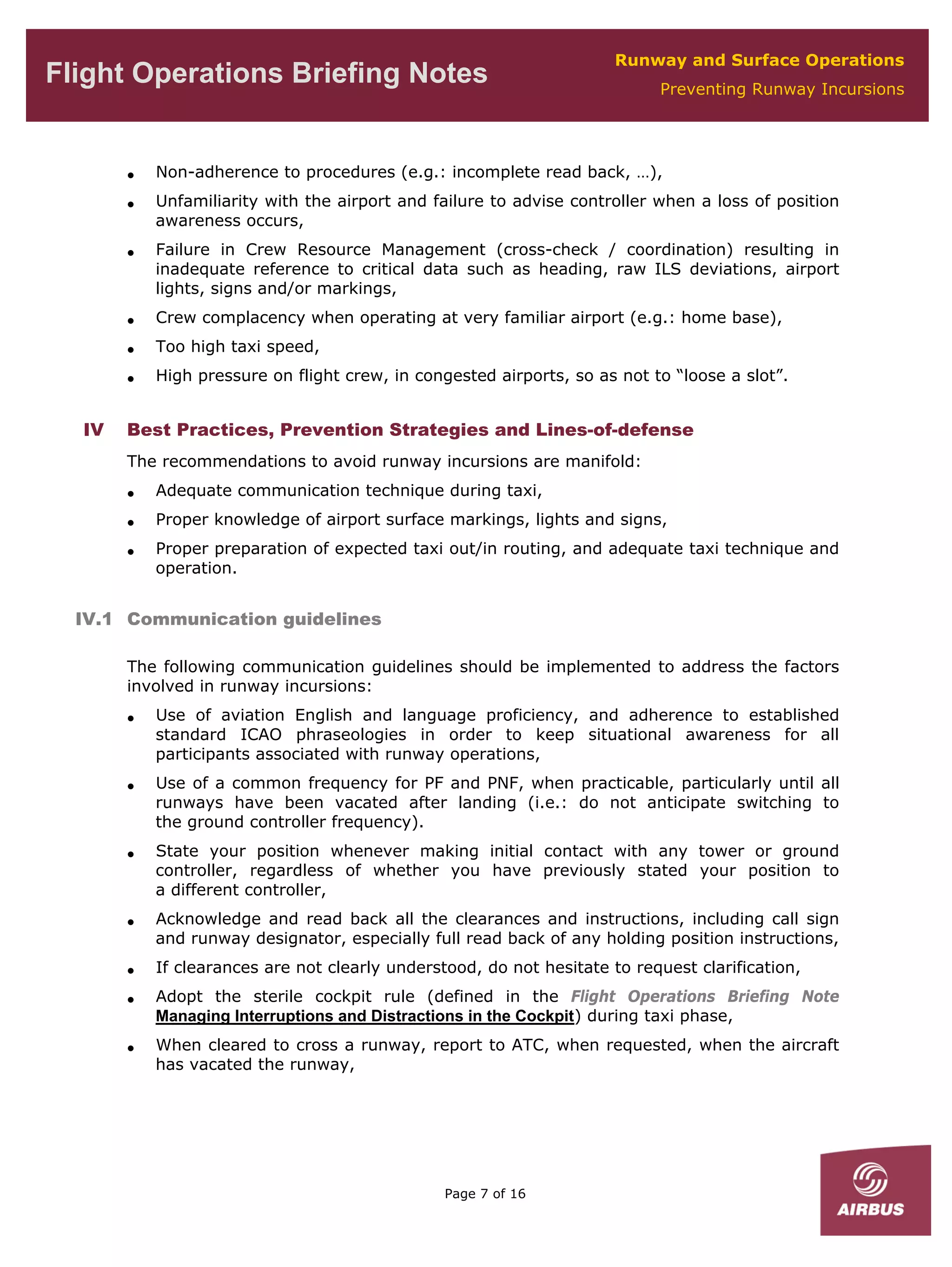
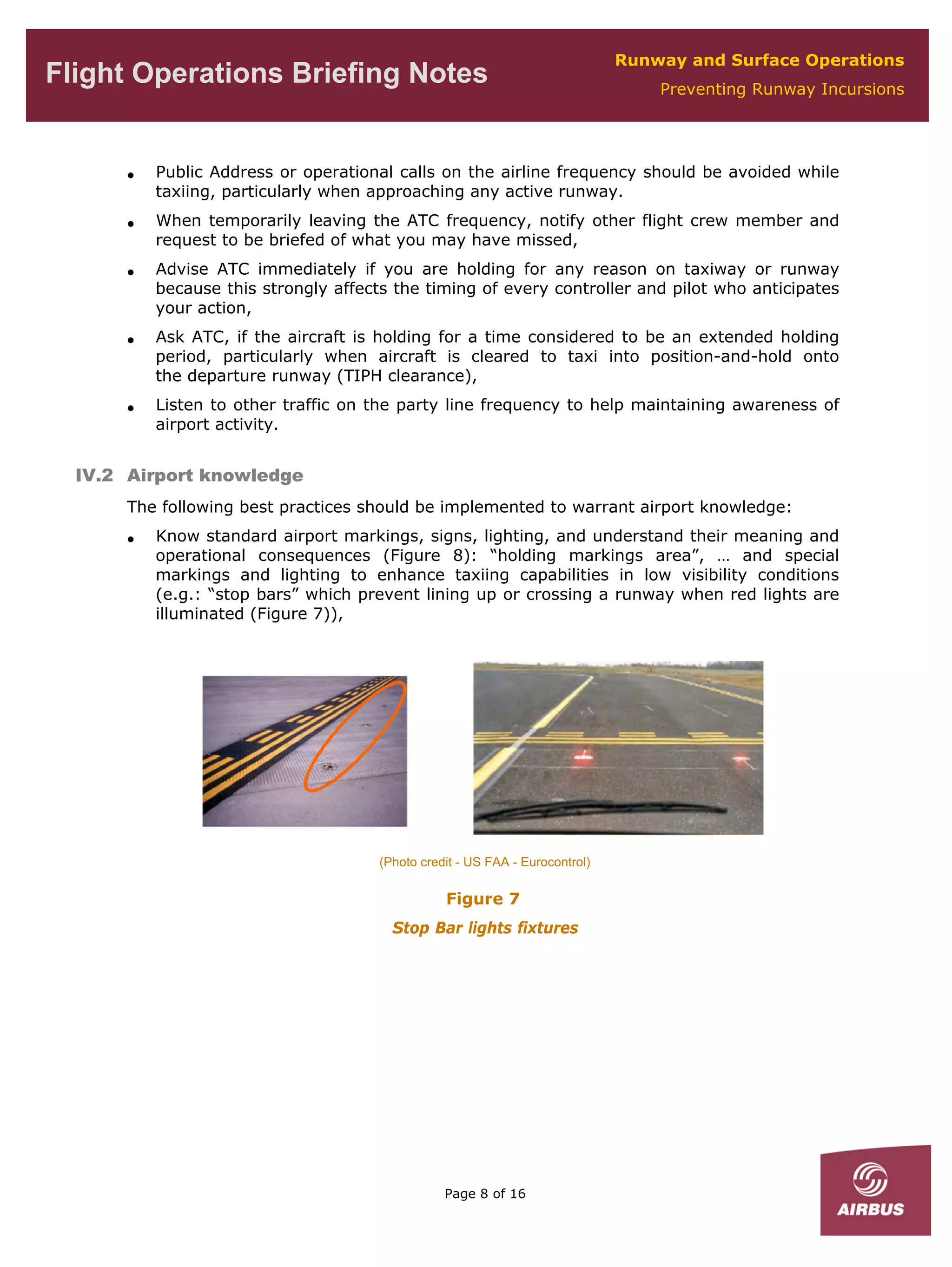
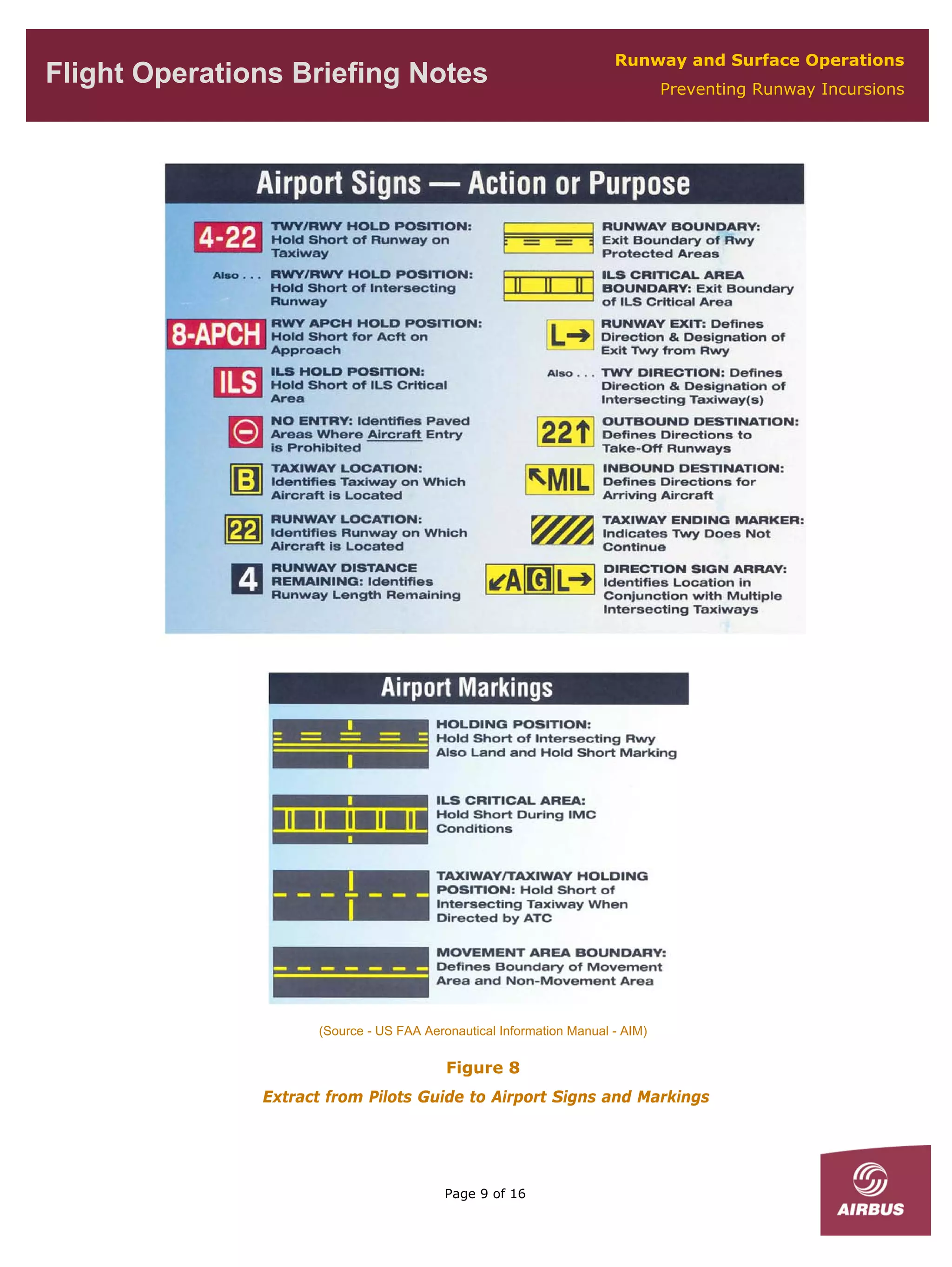

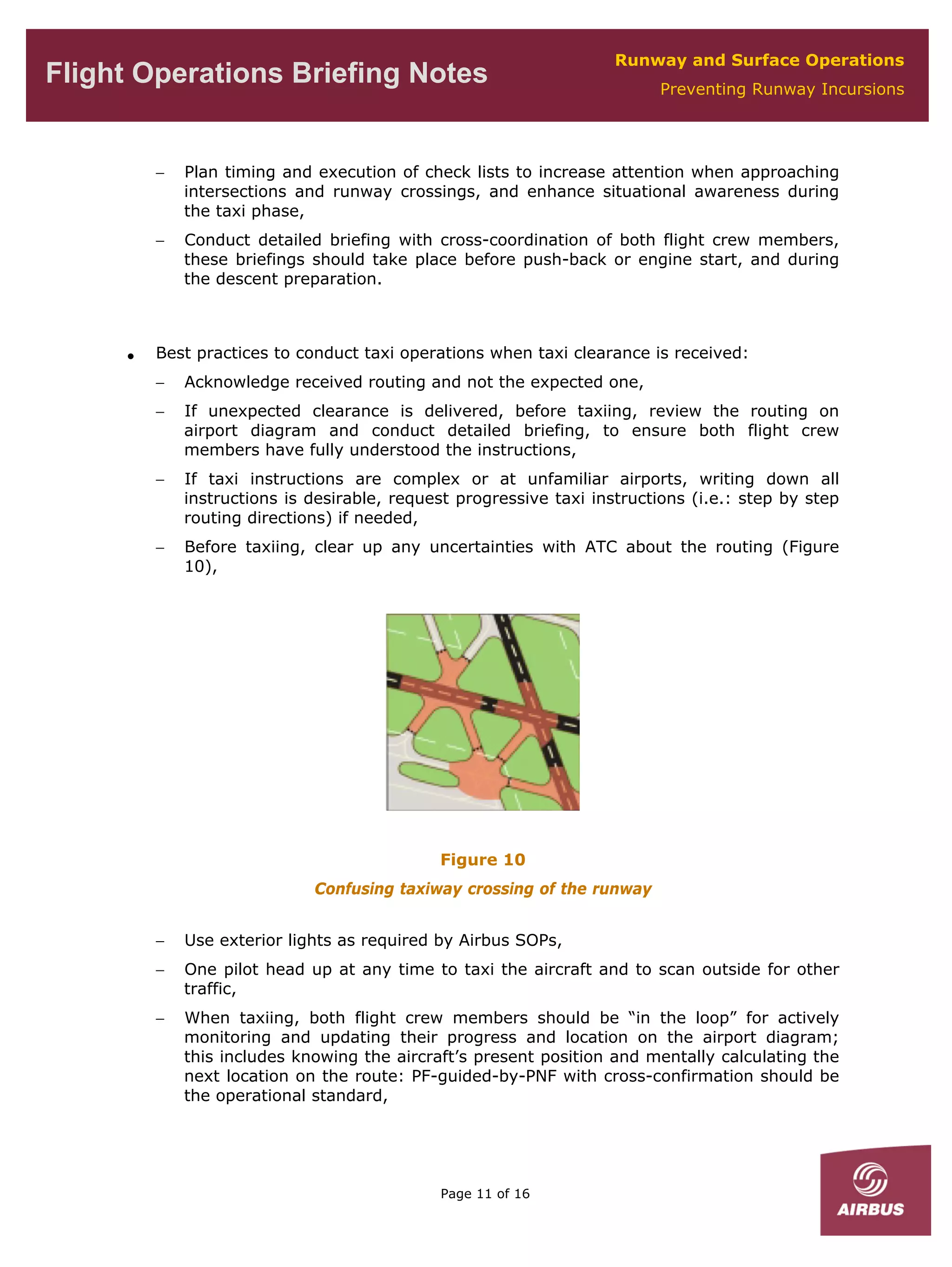
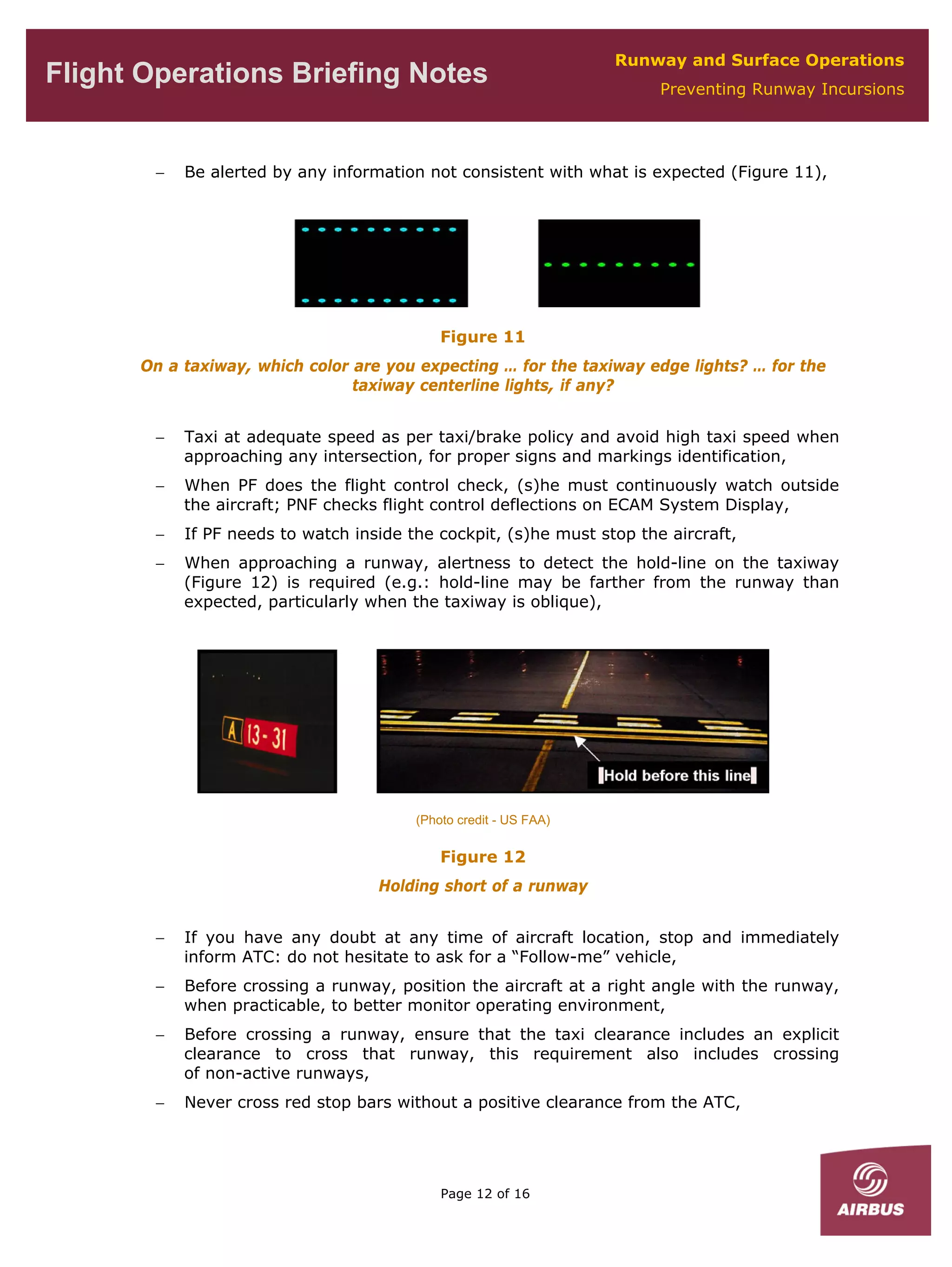
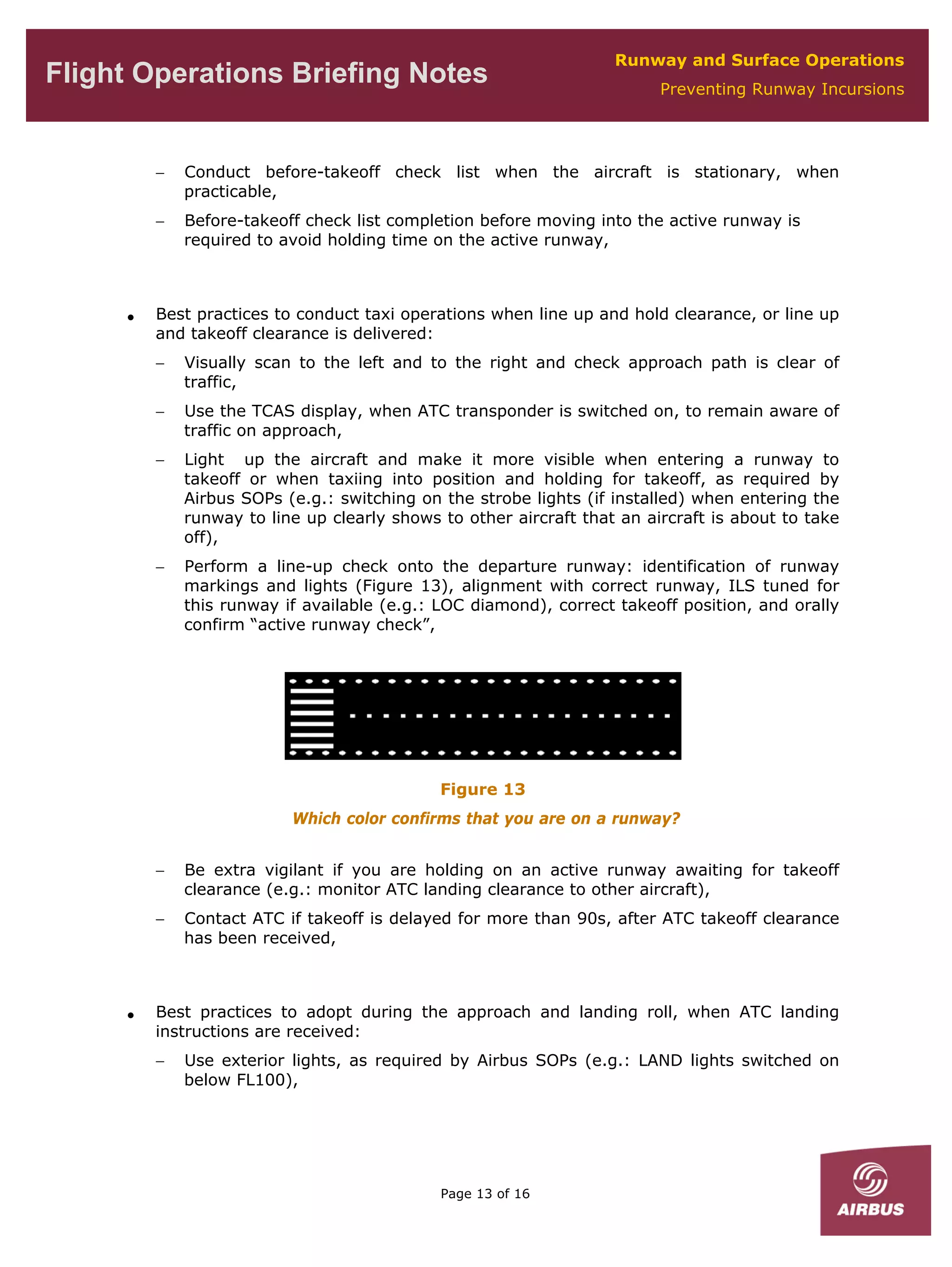

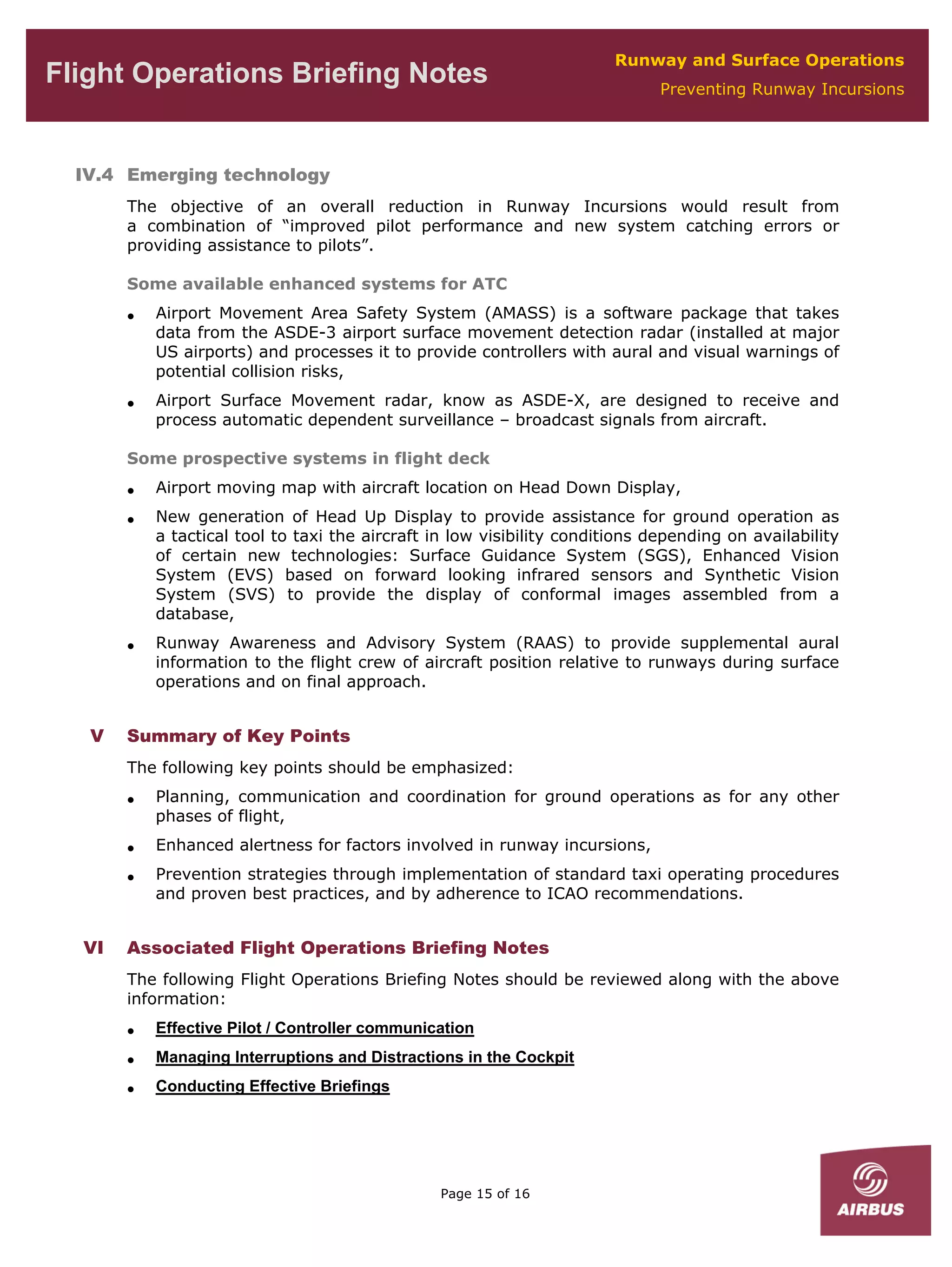
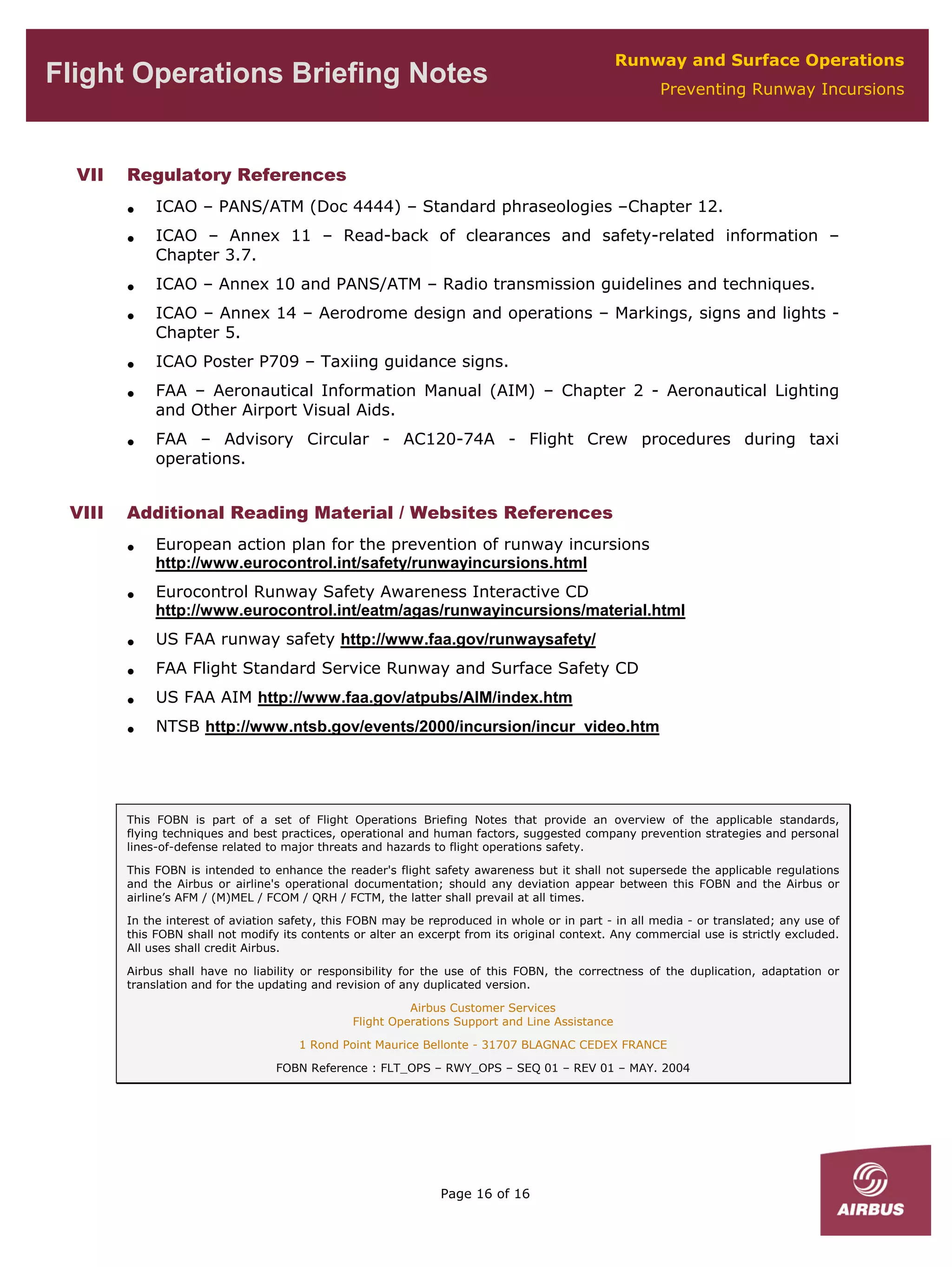

Runway incursions are a major safety issue involving unintended presence on runways. They can occur at any airport and in any weather conditions. Contributing factors include low visibility, complex airport layouts, ATC communication issues, and flight crew lack of situational awareness. Best practices for pilots include thorough preparation and briefing of taxi routes, strict communication procedures, knowledge of airport signs and markings, and techniques like writing down clearances and monitoring progress.















